Home>Storage Ideas>Kitchen Storage>Organizing A Small Kitchen: 10 Ways To Organize A Small Kitchen
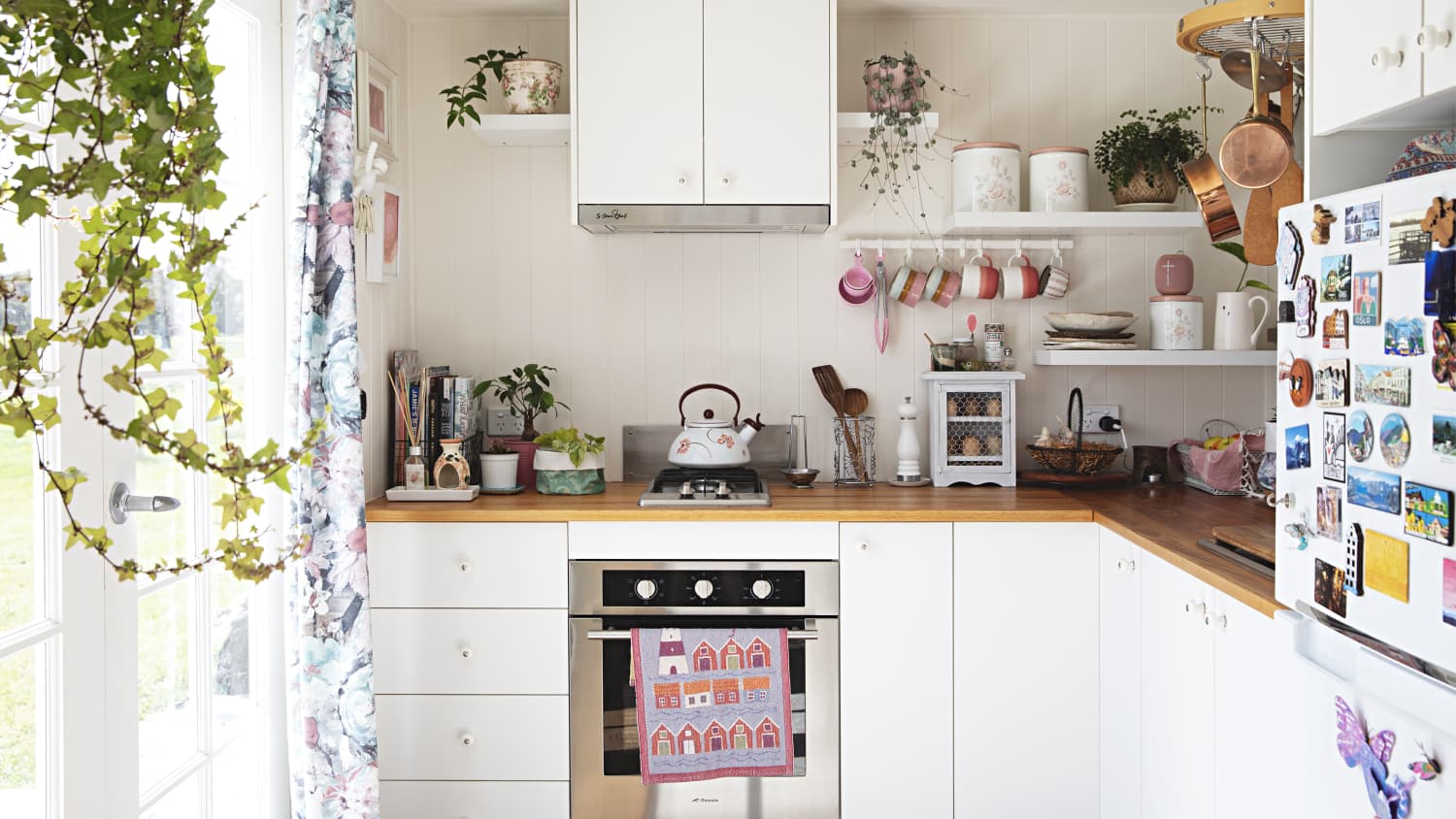

Kitchen Storage
Organizing A Small Kitchen: 10 Ways To Organize A Small Kitchen
Modified: January 18, 2024
Discover 10 brilliant kitchen storage ideas to transform your small kitchen into an organized oasis. Maximize space and declutter efficiently with these great tips!
(Many of the links in this article redirect to a specific reviewed product. Your purchase of these products through affiliate links helps to generate commission for Storables.com, at no extra cost. Learn more)
Introduction
Welcome to the world of kitchen organization! If you have a small kitchen, you know just how challenging it can be to find enough storage space for all your cookware, utensils, and gadgets. The key to making the most out of a small kitchen is clever organization. By utilizing every inch of available space and implementing smart storage solutions, you can transform your cramped kitchen into a functional and efficient culinary haven.
In this article, we will explore 10 effective ways to organize a small kitchen. These ideas will help you maximize your storage potential while keeping everything easily accessible and visually appealing. From clearing out clutter to utilizing vertical space and making the most of every nook and cranny, these tips will help you create a well-organized and stress-free kitchen environment.
So, put on your organizational hat, roll up your sleeves, and let’s dive into the world of kitchen storage ideas!
Key Takeaways:
- Transform your small kitchen into a clutter-free haven of culinary efficiency by decluttering, utilizing vertical space, and maximizing cabinet storage. Get creative and make the most of every inch of available space!
- Don’t overlook the often-underutilized areas of your kitchen, such as the space above the refrigerator, sink, and the back of cabinet doors. These spaces offer valuable storage potential when utilized smartly, adding functionality and visual appeal to your kitchen.
Clearing out Clutter
The first step in organizing any space is to declutter. Start by going through your kitchen and getting rid of any items that you no longer use or need. This includes old and broken utensils, mismatched dishes, expired food items, and appliances that are simply taking up valuable counter or cabinet space.
As you declutter, be ruthless in your decision-making. If you haven’t used an item in the past year, it’s probably time to let it go. Consider donating items that are still in good condition or giving them away to friends or family.
Once the clutter is cleared, you’ll have a much better idea of how much storage space you actually have available. You’ll also be able to see which items you use on a regular basis and which ones can be stored away.
Don’t forget to take a look at your countertops as well. Clearing off any unnecessary items will instantly make your kitchen feel more spacious and organized.
By starting with a clean slate, you’ll be able to better assess your storage needs and create a more efficient and functional kitchen space.
Utilizing Vertical Space
When space is limited, it’s essential to think vertically. Look up, and you’ll discover a world of untapped storage potential on your walls and above your cabinets.
Install floating shelves or wall-mounted racks to take advantage of vertical space. These can be used to store frequently used cookbooks, jars of spices, and decorative items. Not only will this free up counter space, but it will also add visual interest to your kitchen.
Another great way to utilize vertical space is to hang a pot rack from the ceiling or wall. This not only keeps your pots and pans within easy reach but also adds a rustic and charming touch to your kitchen decor. If you don’t have the space for a traditional pot rack, consider using a hanging rail with hooks.
Don’t forget about the space above your cabinets. Place baskets or decorative boxes up there to store items that are used less frequently, such as seasonal dishes or entertaining essentials. This is a great way to keep these items accessible without cluttering up your everyday storage.
By thinking vertically, you’ll be amazed at how much extra storage space you can create in your small kitchen.
Maximize Cabinet Storage
Cabinets are the workhorses of any kitchen. To make the most of your cabinet space in a small kitchen, it’s crucial to maximize their storage potential.
Start by assessing how your cabinets are currently organized. Are the shelves adjustable? If so, consider rearranging them to create more vertical storage space. Adjustable shelves allow you to customize the layout based on your specific needs.
Next, invest in some cabinet organizers. These handy tools can help you maximize the use of your cabinet space. There are various types of organizers available, such as stacking shelves, pull-out drawers, and spice racks.
Use stacking shelves to create multiple layers within your cabinets. This allows you to store plates, bowls, and other flat items without taking up valuable horizontal space. Pull-out drawers are particularly useful for deep cabinets, as they provide easy access to items stored in the back. Spice racks can be mounted on the inside of cabinet doors to free up counter space and keep your spices organized and visible.
Consider installing wire or metal cabinet organizers that hang from the shelves. These can be used to store cutting boards, baking sheets, and even pots and lids vertically, making them easily accessible while maximizing space.
Another tip is to use hooks or removable adhesive hooks on the inside of cabinet doors. Hang measuring cups, oven mitts, or small utensils to keep them within reach and free up drawer space.
Remember, the key to maximizing cabinet storage is to make use of every available inch. By implementing these organization techniques, you’ll be able to fit more items in your cabinets and keep them well-organized.
Hanging Pots and Pans
If you’re tight on cabinet space, hanging your pots and pans is a great solution that not only clears up storage but also adds a touch of culinary charm to your kitchen.
There are several methods for hanging pots and pans, depending on your available space and personal preference. The most common way is to install a hanging pot rack from the ceiling. This can be a traditional metal rack or a stylish wooden one that complements your kitchen decor.
If ceiling-mounted racks aren’t feasible, another option is to hang a pot rack on the wall. This can be done using hooks or racks specifically designed for this purpose. Wall-mounted pot racks are a great space-saving solution that adds visual interest to blank walls while keeping your cookware within easy reach.
For a more DIY approach, consider using a pegboard. Attach a pegboard to a wall and install hooks to hang your pots and pans. This gives you the flexibility to arrange them in a way that suits your needs and can easily be adjusted if you acquire new cookware.
Hanging your pots and pans not only frees up valuable cabinet space but also makes them easily accessible. No more digging through stacks of pots to find the one you need. Plus, it adds a touch of professional flair to your kitchen, showcasing your culinary tools as a decorative element.
When hanging your pots and pans, be mindful of weight distribution and ensure that the rack or hooks are securely installed. Safety is important, so make sure to follow manufacturer’s instructions and consult with a professional if needed.
Installing a Pegboard
If you’re looking for a versatile and customizable storage solution for your small kitchen, consider installing a pegboard. Pegboards are not only practical but also add a unique visual element to your kitchen decor.
A pegboard is a board with pre-drilled holes that allows you to insert pegs or hooks in various configurations. The beauty of a pegboard is that it can be customized to fit your specific storage needs. You can hang pots, pans, utensils, cutting boards, and even small appliances on the pegboard.
To install a pegboard, start by measuring the space where you want to place it. Cut the pegboard to fit the dimensions, or have it cut to size at a hardware store. Once you have the board, secure it to the wall using screws and anchors.
Next, arrange your pegs and hooks according to your desired layout. You can create dedicated sections for different items or arrange them based on frequency of use. Experiment with different configurations until you find the most functional arrangement for your needs.
The great thing about a pegboard is that it can evolve with your storage needs. If you acquire new kitchen tools or find that your current organization is not as efficient as you’d like, simply move the pegs and hooks to create a new arrangement.
Not only does a pegboard provide ample storage space, but it also adds a charming and rustic look to your kitchen. You can paint the pegboard to match your kitchen’s color scheme or leave it in its natural state for a more industrial aesthetic.
Installing a pegboard is a fun and practical way to make the most of your kitchen walls while keeping everything within reach. Say goodbye to rummaging through overstuffed drawers and cabinets and hello to a well-organized and visually appealing kitchen.
Utilize vertical space by installing shelves or hanging racks to store items like pots, pans, and utensils, freeing up valuable counter and cabinet space.
Adding Shelves or Racks Inside Cabinets
When it comes to organizing a small kitchen, maximizing every inch of cabinet space is crucial. One effective way to do this is by adding shelves or racks inside your cabinets.
If your cabinets have tall vertical space, consider installing additional shelves. These can be purchased as standalone units or custom-made to fit your cabinet dimensions. By adding shelves, you can create multiple layers of storage, making it easier to organize and access items.
Another option is to install wire or metal racks inside your cabinets. These racks can be mounted onto the cabinet doors or fixed to the sides. They are perfect for storing items like cutting boards, baking sheets, and lids. By utilizing the vertical space inside your cabinets, you can free up room on the shelves for other essentials.
When adding shelves or racks, think strategically about where they will be most useful. Consider the items you use frequently and place them at a comfortable height for easy access. Utilize the bottom portion of the cabinet for larger and heavier items, while placing smaller and lighter items on higher shelves.
Remember to measure your cabinet space accurately before purchasing shelves or racks to ensure they fit properly. It may be helpful to remove the contents of your cabinet temporarily while installing the additional storage options.
Adding shelves or racks inside your cabinets not only enhances organization but also creates more efficient use of space. Don’t let valuable vertical space go to waste; take advantage of it for a well-organized and functional small kitchen.
Drawer Dividers and Organizers
When it comes to kitchen organization, don’t overlook the power of drawer dividers and organizers. These simple yet effective tools can transform messy and disorganized drawers into neatly arranged storage spaces.
Start by emptying out your drawers and assessing their contents. Sort through your utensils, gadgets, and small kitchen items, and decide what you want to keep and what you can let go of. Once you have decluttered, it’s time to introduce drawer dividers and organizers.
Drawer dividers come in various shapes and sizes and can be adjustable or fixed. They allow you to create compartments within your drawers, keeping items separate and easy to find. Utensils, measuring spoons, and other small gadgets can be stored in their designated sections, making it convenient to locate them when needed.
For deeper drawers, consider using drawer organizers. These are typically made of plastic or bamboo and come in various configurations to suit your needs. They can hold items like cutting boards, pot lids, and food storage containers, keeping them neatly organized and easily accessible.
If you have a drawer dedicated to spices, consider using a spice drawer organizer or spice rack. These organizers allow you to neatly store your spices and make it easy to find the one you need without having to rummage through a cluttered drawer.
Don’t forget about your junk drawer! Yes, even the junk drawer can benefit from organization. Use small compartments or trays within the drawer to corral items like pens, paperclips, and miscellaneous items. This will prevent it from becoming a chaotic catch-all and make it easier to find what you’re looking for.
By utilizing drawer dividers and organizers, you can maximize drawer space and keep everything in its place. Say goodbye to tangled utensils and unruly junk drawers, and hello to a well-organized and efficient kitchen.
Utilizing the Space Above the Refrigerator
When it comes to kitchen organization, every inch of space matters. One often overlooked area is the space above the refrigerator. By utilizing this vertical space, you can create additional storage options for items that are used less frequently.
One way to maximize the space above the refrigerator is by installing a shelf or cabinet. This can be a great spot to store items like large platters, baking dishes, or small appliances that you don’t use on a daily basis. Ensure that the shelf or cabinet is securely fastened to the wall, taking into account the weight of the items you plan to store.
Another option is to use baskets or decorative boxes. These can be stacked on top of the refrigerator to store items like kitchen linens, extra snacks, or seasonal dishes. Be sure to label the baskets or boxes for easy identification and organization.
If you prefer a cleaner and more streamlined look, you can use decorative items to fill the space. Display a collection of cookbooks, decorative vases, or plants to add a touch of personality to your kitchen while making the most of the available space.
When utilizing the space above the refrigerator, keep in mind that it may be more challenging to access items stored there. Reserve this space for items that you don’t need on a daily basis to avoid constantly having to reach or climb to retrieve them.
By utilizing the often-underutilized space above the refrigerator, you can create additional storage without sacrificing counter or cabinet space. Get creative and make the most of this vertical space to keep your kitchen well-organized and clutter-free.
Utilizing the Space Above the Sink
When it comes to kitchen organization, it’s important to make the most of every available space. This includes the area above your sink, which often remains unused or cluttered with miscellaneous items. By utilizing this space strategically, you can create additional storage and enhance the functionality of your kitchen.
One way to utilize the space above the sink is by installing a shelf or a floating rack. This provides a convenient spot to store items that you use frequently, such as dish soap, sponges, and scrub brushes. By keeping these items within arm’s reach, you can streamline your dishwashing process and keep your countertops clear.
Consider using a wall-mounted magnetic strip above the sink to hold metal utensils. This keeps them easily accessible while freeing up drawer space for other items. You can also attach hooks or a rail system on the wall to hang dish towels, oven mitts, or measuring cups.
If you’re looking for a more decorative touch, hang a small shelf or a hanging planter above the sink. This can be used to display small plants, herbs, or decorative items that add a touch of greenery and personality to your kitchen.
When utilizing the space above the sink, keep in mind the height and width of the faucet and any other fixtures. Be mindful of the clearance needed for your sink activities and ensure that the items you store above the sink don’t obstruct or interfere with their functionality.
By utilizing the often-overlooked space above the sink, you can add valuable storage and functional elements to your kitchen. Keep your essentials within reach and create a visually appealing focal point by incorporating these storage solutions above the sink.
Utilizing the Space on the Back of Cabinet Doors
When it comes to small kitchen organization, every available space counts, and this includes the often neglected area on the back of cabinet doors. By utilizing this space, you can create additional storage options and keep your kitchen essentials easily accessible.
One simple and effective way to utilize the space on the back of cabinet doors is by installing wire or metal racks or organizers. These can be mounted to the interior of the cabinet doors and provide a convenient spot to store various items. You can hang measuring cups, pot lids, cutting boards, or even small cleaning tools.
Another option is to use adhesive hooks or removable adhesive hooks. These hooks can be attached to the back of cabinet doors to hold lightweight items like dish towels, oven mitts, or small kitchen utensils. This keeps these items within reach while maximizing storage space in your drawers.
If you have a pantry or a cabinet dedicated to spices, consider attaching a spice rack to the back of the door. This allows you to keep your spices organized, easily accessible, and visible, eliminating the need to rummage through a cluttered pantry or cabinet.
For a more DIY approach, you can attach corkboard or chalkboard panels to the back of cabinet doors. This creates a space where you can pin or write notes, recipes, or shopping lists, keeping them at eye level and easily visible when you’re in the kitchen.
When utilizing the space on the back of cabinet doors, consider the weight and size of the items you plan to store. Be mindful of any obstructions that may prevent the doors from closing properly or interfere with the functioning of the cabinets.
By utilizing the often underutilized space on the back of cabinet doors, you can create additional storage options and keep your kitchen essentials organized and easily accessible. Don’t let this valuable space go to waste and take advantage of it to maximize your small kitchen’s storage potential.
Conclusion
Organizing a small kitchen can seem like a daunting task, but with the right strategies and storage ideas, it is definitely achievable. By implementing the ten ways discussed in this article, you can transform your small kitchen into a well-organized and efficient space.
Clearing out clutter and maximizing vertical space are fundamental steps in optimizing your kitchen storage. Clearing out unnecessary items not only creates more space but also allows you to assess your storage needs accurately. Utilizing vertical space through the installation of shelves, racks, and pot hangers helps to keep your countertops clear and adds a unique visual appeal to your kitchen.
Maximizing cabinet storage and utilizing drawer dividers and organizers are key to utilizing every inch of available space efficiently. Adding shelves or racks inside cabinets and using dividers and organizers in drawers ensures that every item has its designated place and is easily accessible.
Don’t overlook the often-underutilized areas of your kitchen, such as the space above the refrigerator, sink, and the back of cabinet doors. These areas offer valuable storage potential when utilized smartly. From installing shelves or cabinets to hanging hooks and racks, these spaces can be transformed into functional storage areas for infrequently used items, decor, and everyday essentials.
In conclusion, organizing a small kitchen requires a combination of creativity, strategy, and the right storage solutions. By implementing the ten ways discussed in this article, you can maximize your storage space while creating a well-organized and visually appealing kitchen. Remember, an organized kitchen not only saves you time and frustration but also enhances your cooking experience and makes meal preparation a breeze. So, roll up your sleeves, put on your organizational hat, and start transforming your small kitchen into a clutter-free haven of culinary efficiency.
Frequently Asked Questions about Organizing A Small Kitchen: 10 Ways To Organize A Small Kitchen
Was this page helpful?
At Storables.com, we guarantee accurate and reliable information. Our content, validated by Expert Board Contributors, is crafted following stringent Editorial Policies. We're committed to providing you with well-researched, expert-backed insights for all your informational needs.
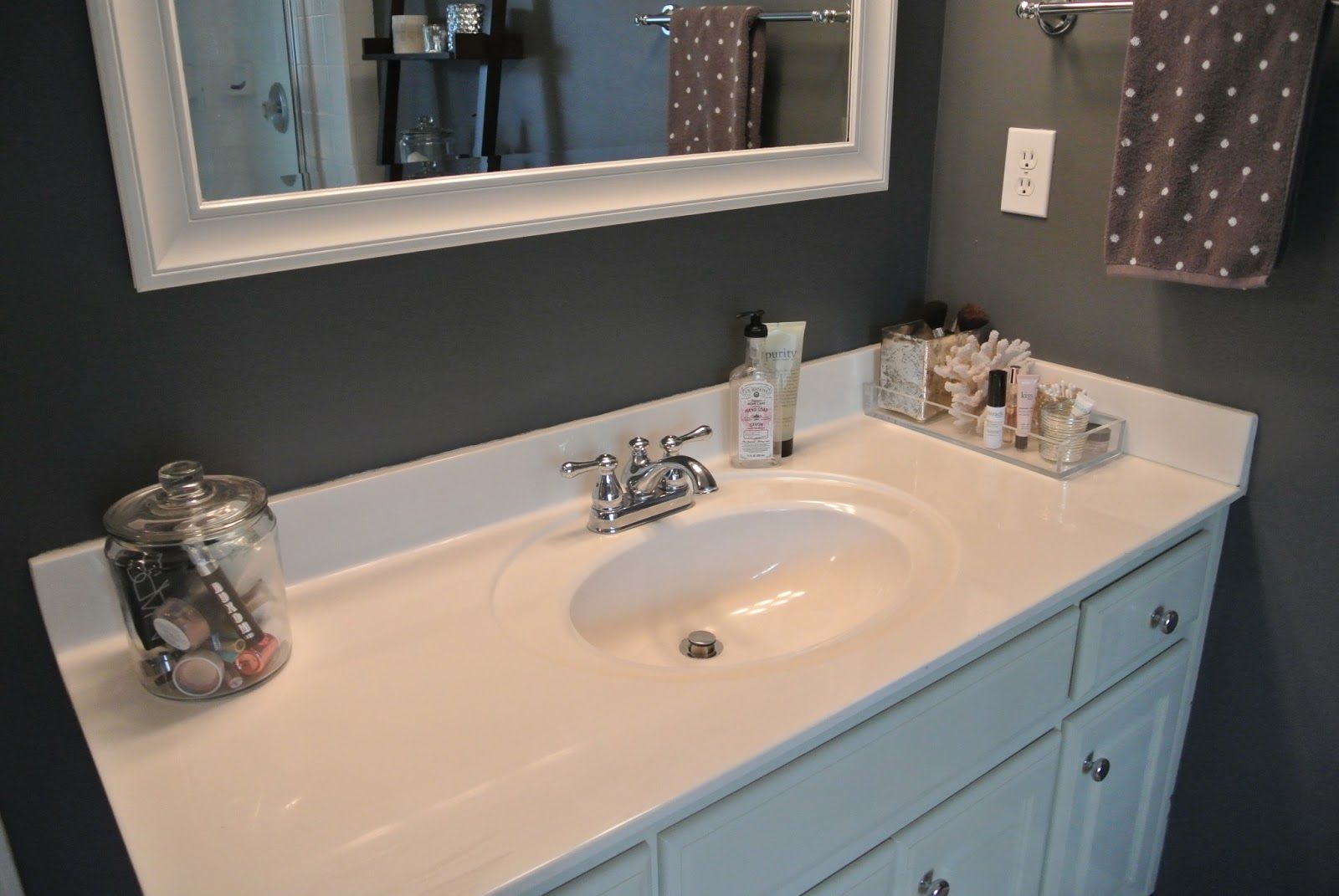
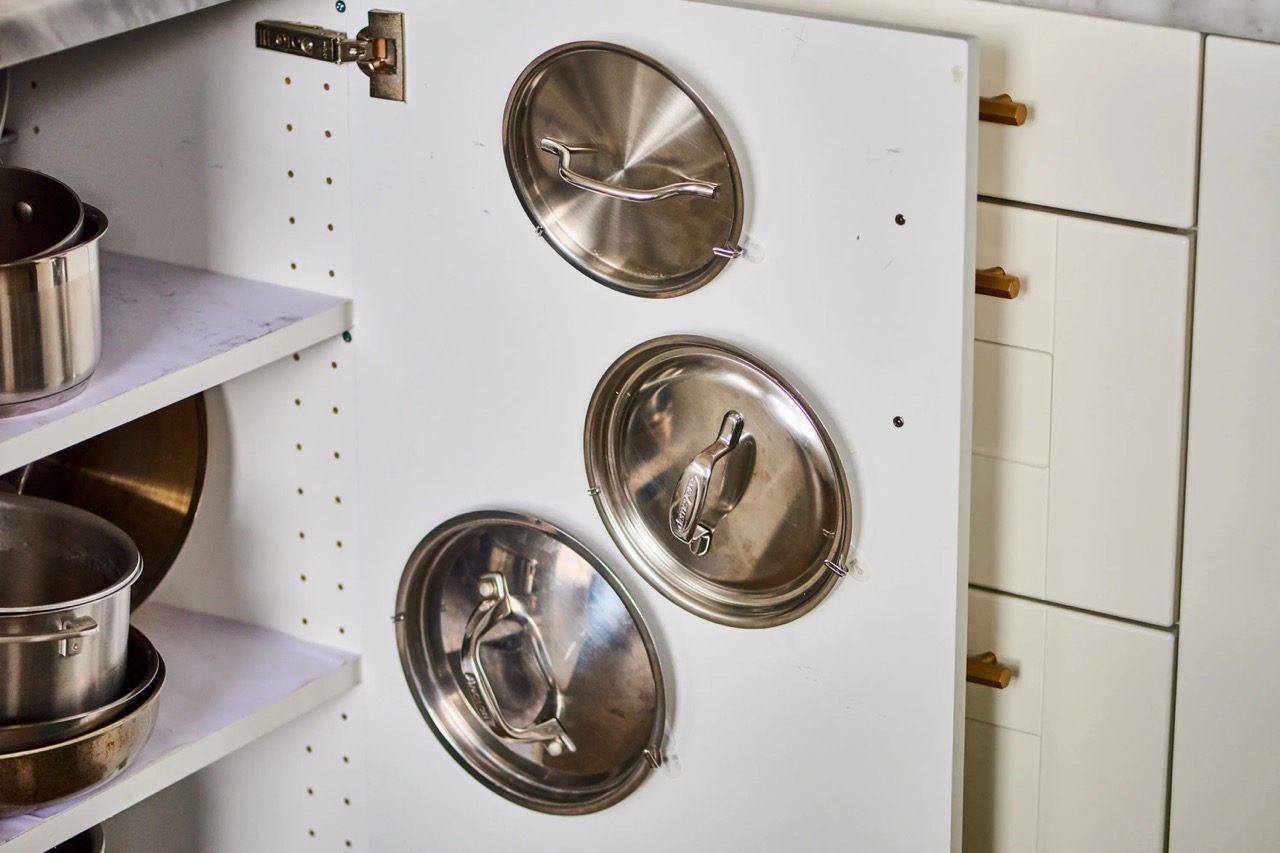
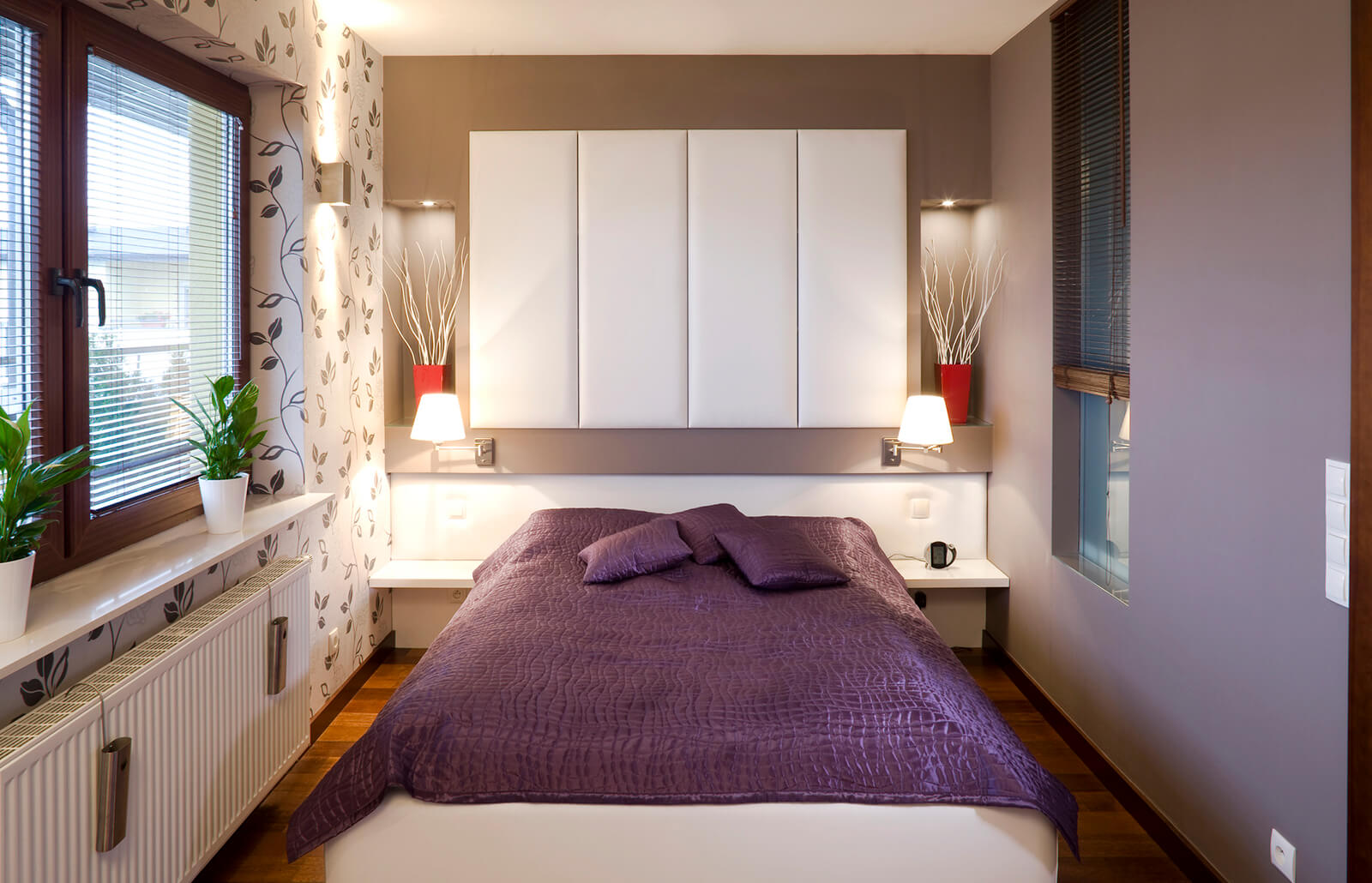
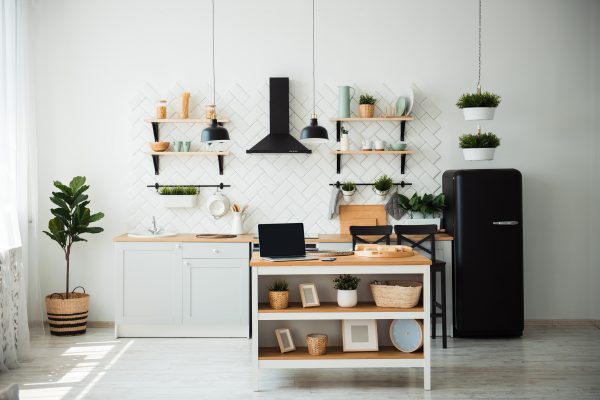
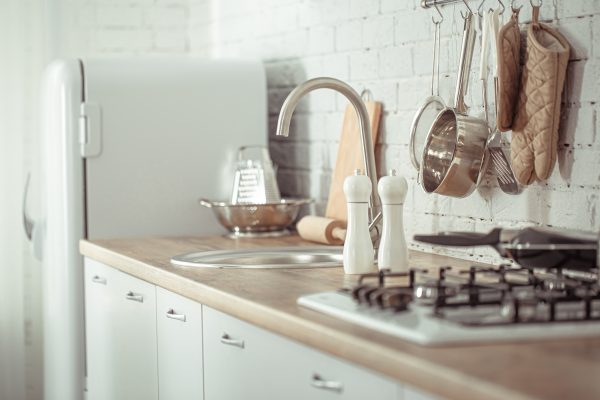
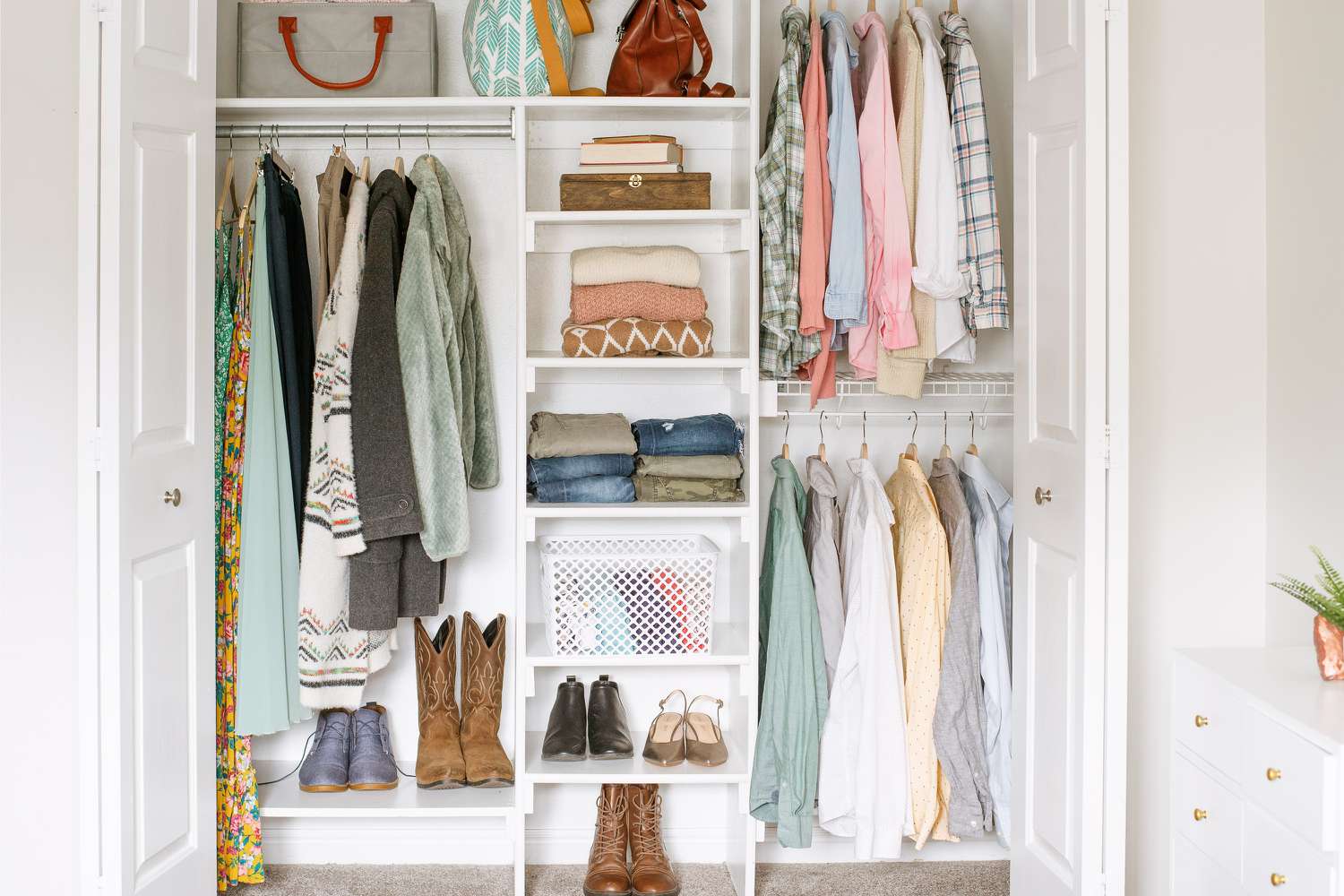
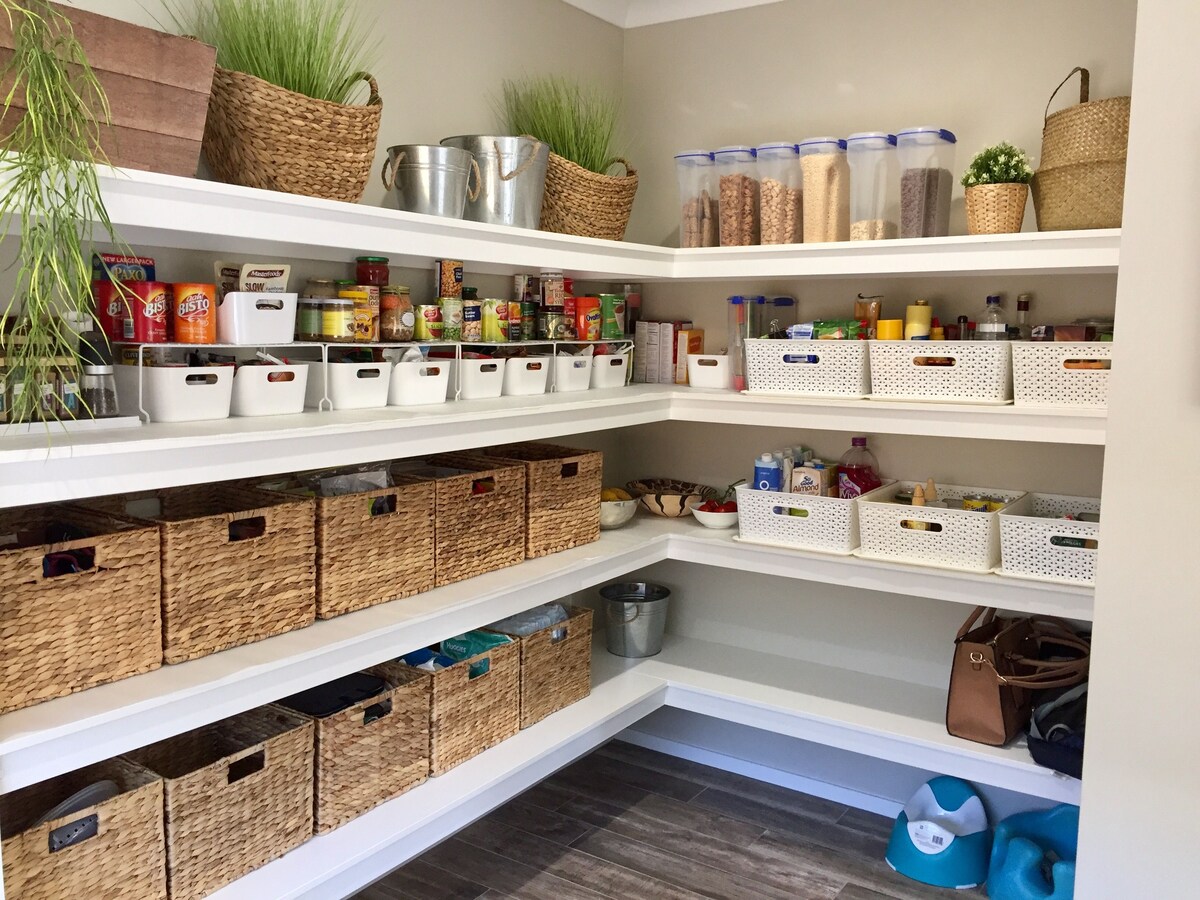
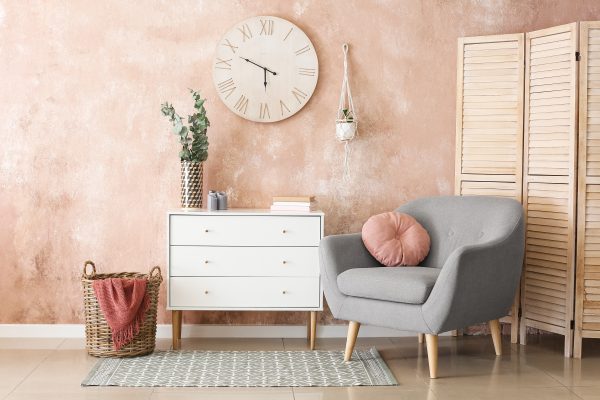
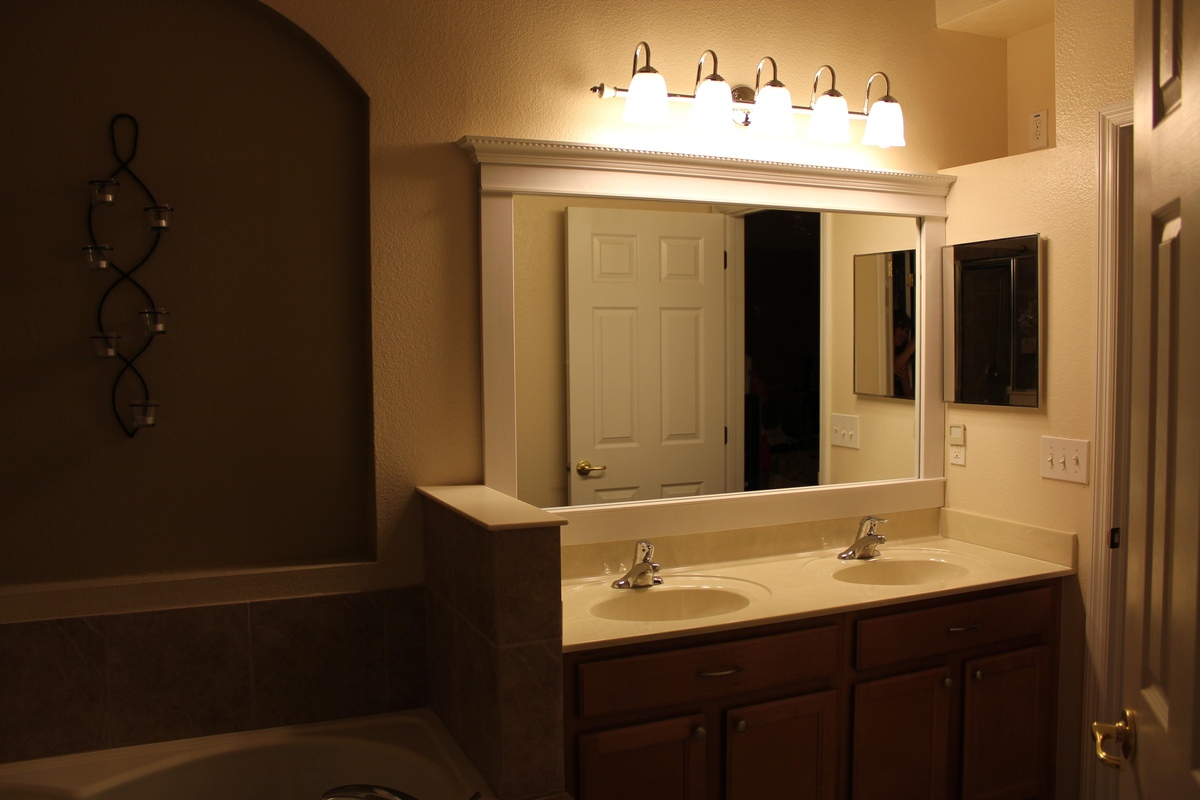
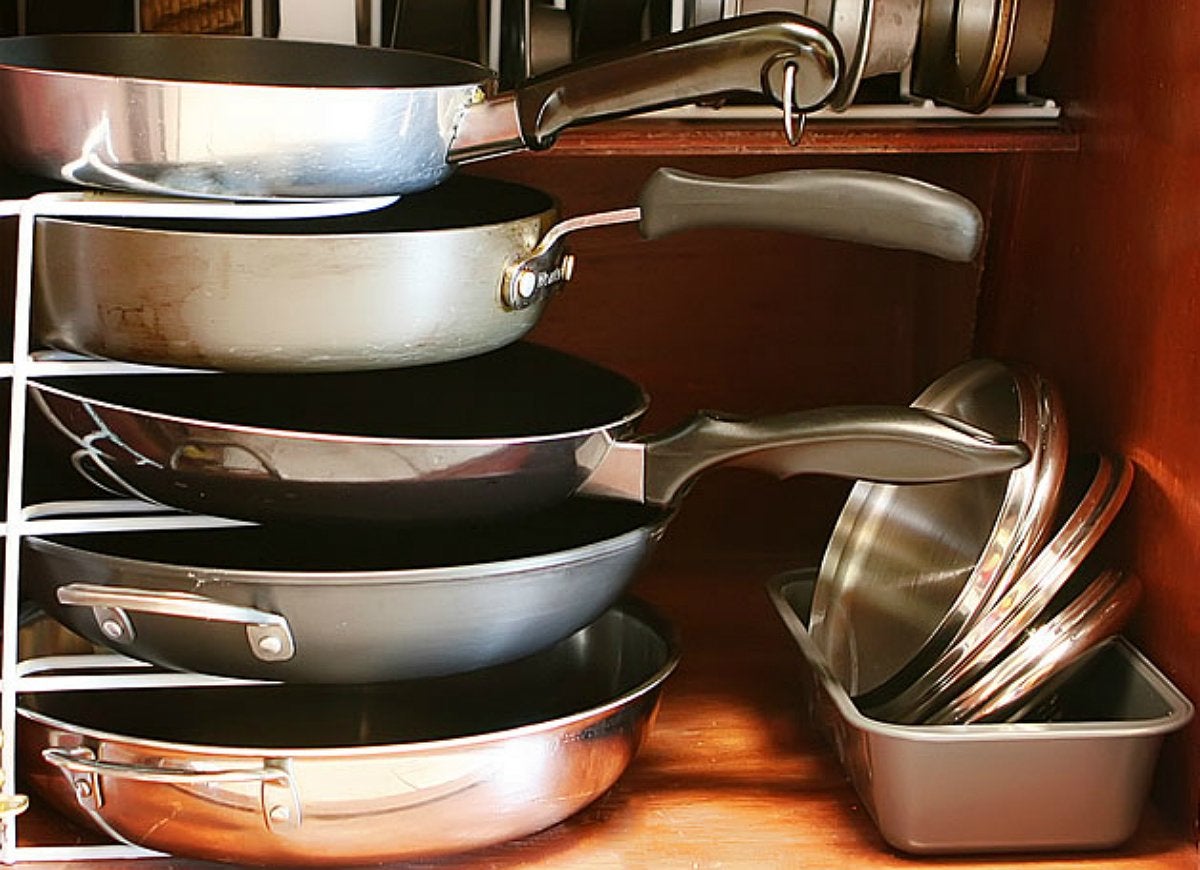
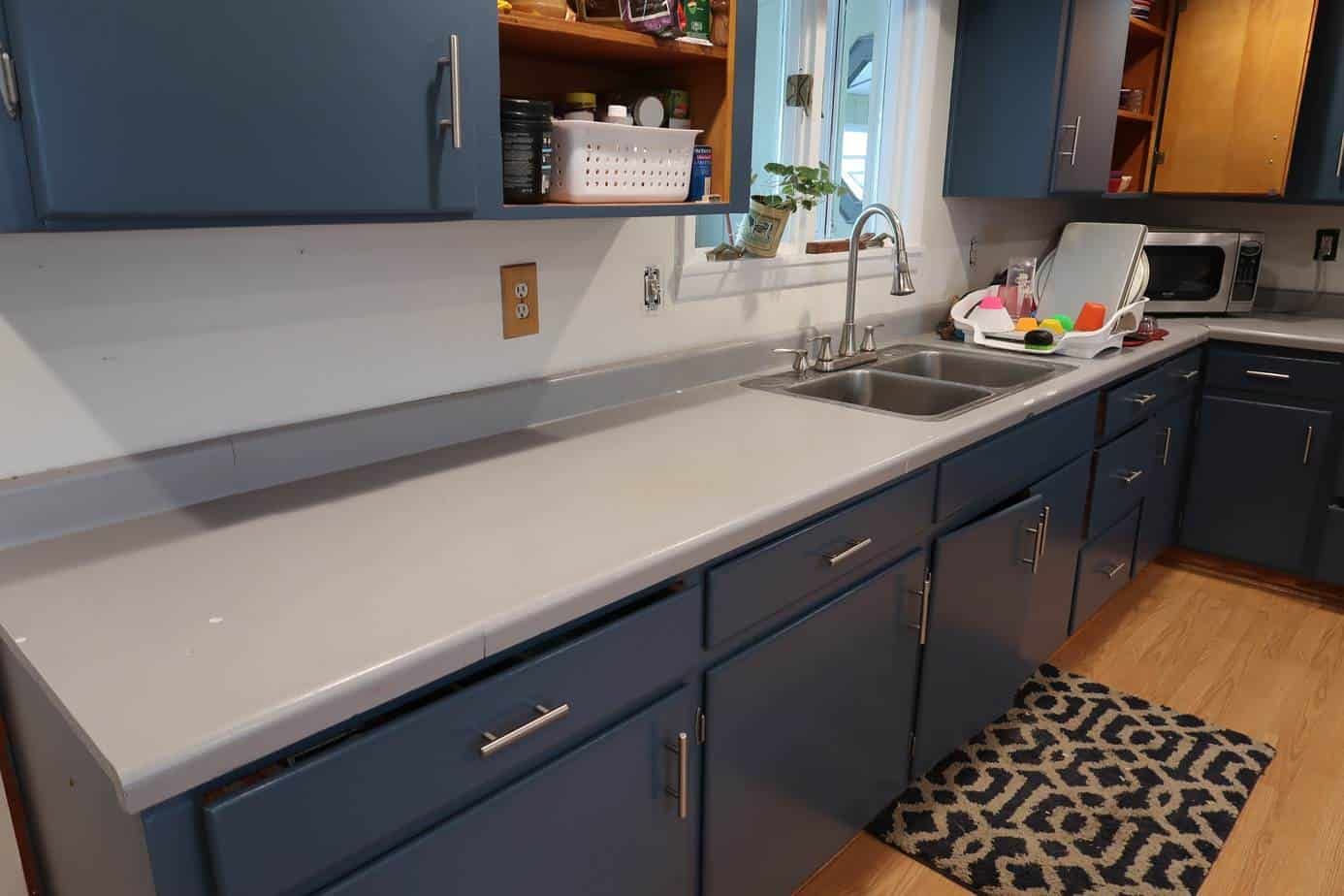
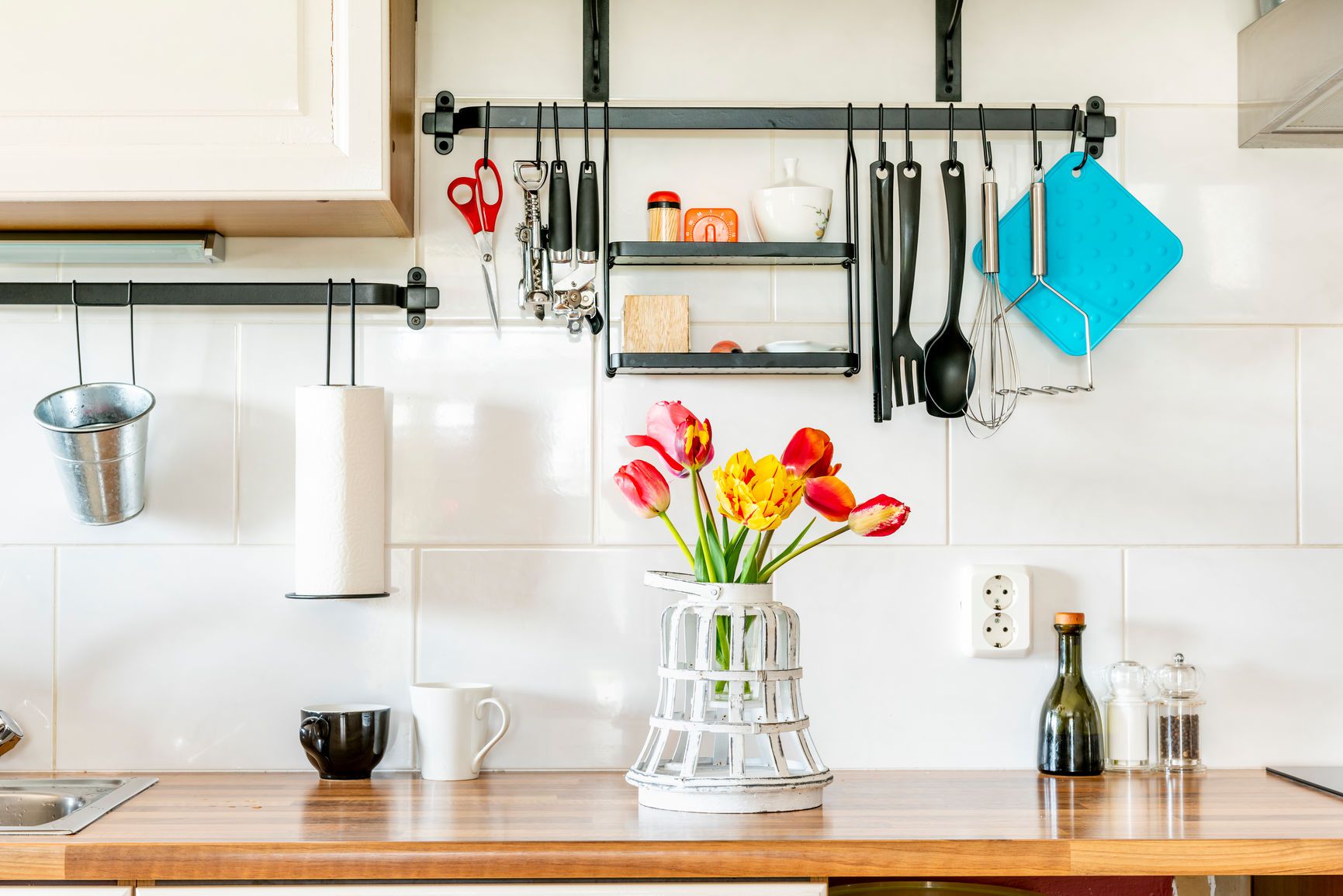
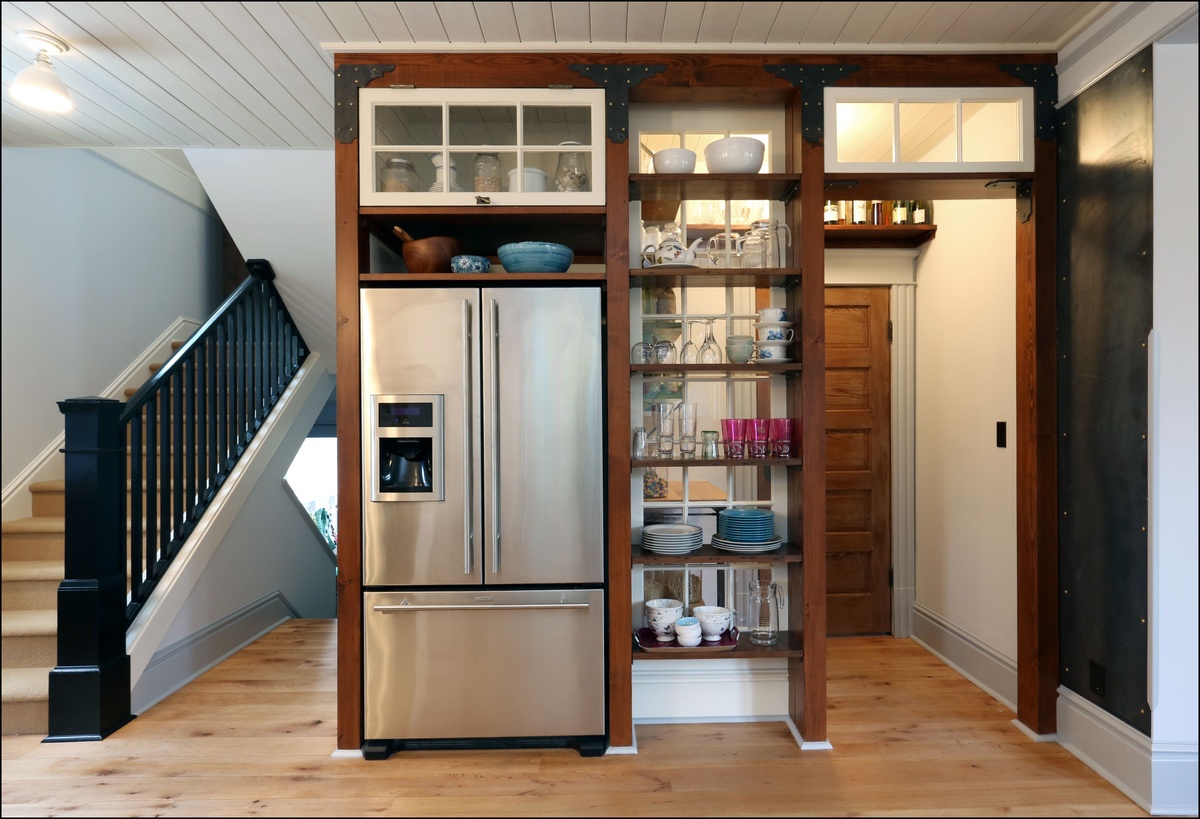

0 thoughts on “Organizing A Small Kitchen: 10 Ways To Organize A Small Kitchen”